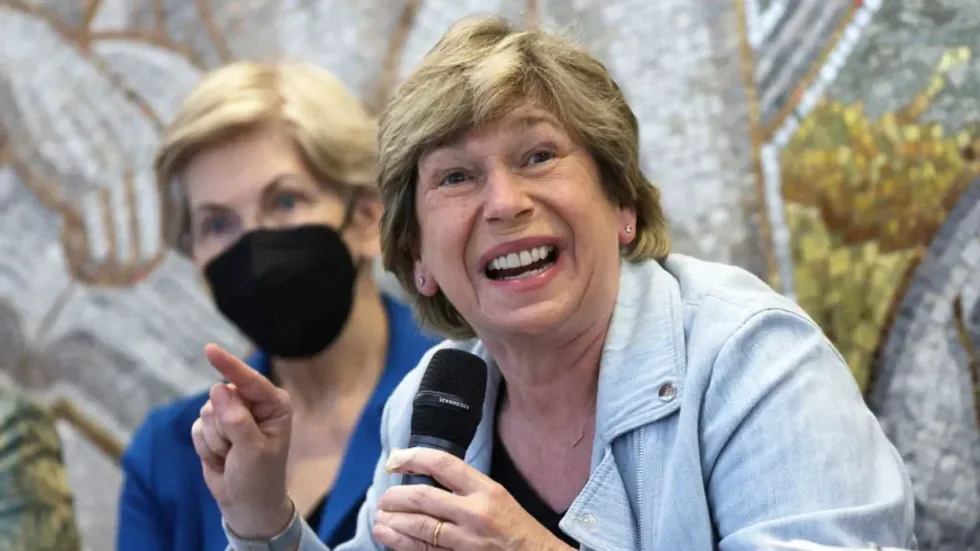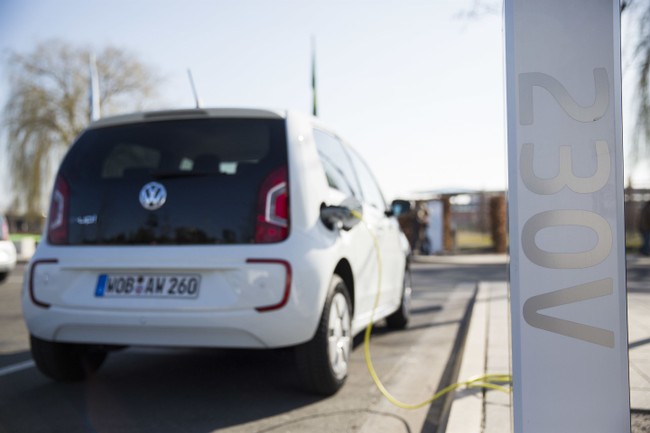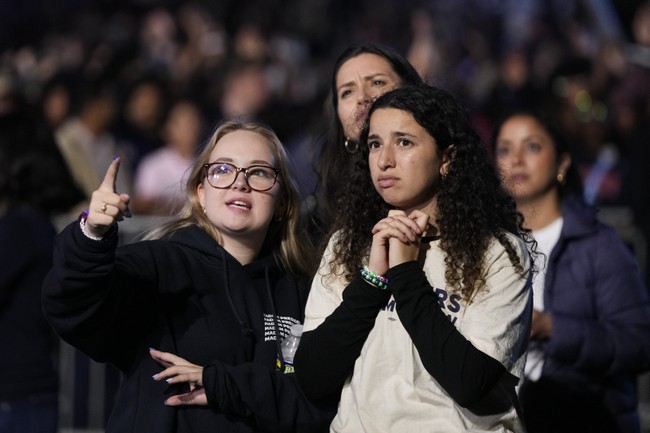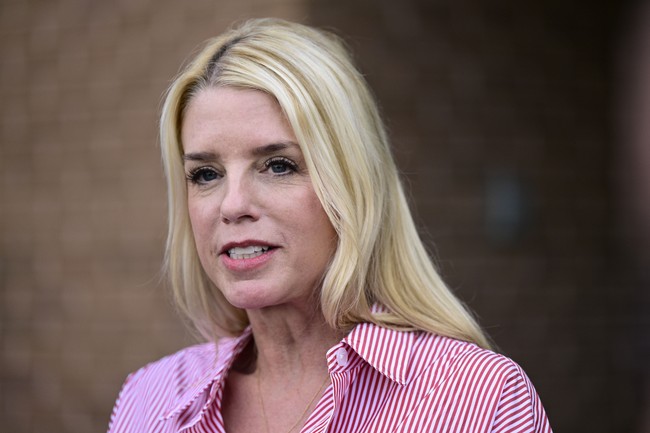Fallout of union-championed pandemic school closures is worse than imagined

School closures had a deleterious impact on at least one generation of American children. Not only did kids’
academic capabilities suffer during what became the longest interruptions in schooling since formal education became the norm; they also faced spikes in mental illness, suicide, obesity and diminished immune systems.
It turns out that the kids whose initial experience of public school was limited to those fleeting moments classrooms weren’t shut down at the
behest of teachers’ unions are not all right.
According to the
Education Week State of Teaching survey of a nationally representative sample of 1,500 pre-K through third-grade teachers, kids are struggling with social-emotional skills and basic motor function. The use of scissors, pencils, and crayons, as well as the practice of tying shoelaces, are apparently far more challenging tasks for kids today than they were for students of the same age five years ago.
94% of teachers indicated that listening and following instructions are now much or more challenging for their students. 77% said that students had difficulties using basic tools and writing instruments. 69% of respondents said kids were struggling to tie their own shoes. 85% of teachers said they saw a massive difference between the new and old cohorts when it came to “sharing, cooperating with others, and taking turns.”
The National Institute for Early Education Research at Rutgers University
found that whereas other emotional and social issues have improved since the pandemic, kids’ difficulty making friends, sharing, and getting along with their peers has worsened.
While pandemic kids are having trouble making friends, they appear to be really good at making enemies. Another survey by the EdWeek Research Center
revealed in April that 70% of educators observed students in their schools misbehaving more than compared with the fall of 2019.
Steven Barnett, the senior co-director of the National Institute for Early Education Research, told Education Week that the pandemic precluded some parents from enrolling their children in preschool and kindergarten, which may have had an effect. Even if they had enrolled their kids, the union-supported school closures — which
reportedly did not prevent community spread of COVID-19 — and the corresponding push toward remote learning would likely have had the same result.
Barnett suggested that poor kids may have been disproportionately impacted in terms of functionality.
“There is a concern that low-income kids did not come back to preschool as quickly as other kids,” said Barnett.
According to the State of Teaching survey, 79% of teachers who reported kids having trouble tying their laces worked in schools where the vast majority of students received free and reduced-price lunch. Challenges with shoelaces were also more pronounced in schools where the majority of students were black.
Khy Sline, supervisor of curriculum development at KinderCare Learning Companies,
told The Hill, “It definitely doesn’t surprise me. I think that we all anticipated that the pandemic would have implications far beyond lockdown for not only young children but all children.”
Sline indicated that such is the fallout of “losing that much time of connection while we were locked down and spending time primarily in our homes and just not necessarily having the same experiences and exposures to other children.”
‘I can imagine that that would be a very draining experience on a daily basis in the classroom.’
As during the pandemic, teachers have found a way to make this problem about them. Education Week noted that children stunted by school closures and
deadly containment protocols might be disruptive to the classroom environment.
“As a teacher, if I feel that none of the children are listening, I can imagine that that would be a very draining experience on a daily basis in the classroom,” said Sarah Duer, director of the Hollingworth Preschool at Teachers College.
Alex Gutentag, a former public school teacher, recently assigned blame for the fallout of the school closures in an
article for Tablet magazine: “School closures were a yearlong exercise in anti-solidarity. Teachers expected essential workers to deliver food for them, pick up their trash, and literally keep the lights on — all while the union withheld real education from these workers’ children.”
‘It is this fealty — not labor principles or educational concerns — that currently drives the union’s actions.’
Gutentag suggested that teachers’ unions’ “fixation on ‘safety’ was a mania that amounted to the psychological abuse of children, and it has had lasting effect. This mania had little to do with actual safety and more to do with signs of fealty to the Democratic Party. It is this fealty — not labor principles or educational concerns — that currently drives the union’s actions.”
Blaze News
previously reported that American Federation of Teachers boss Randi Weingarten called the Trump administration’s proposal to reopen in-person learning in 2020 “reckless” and “cruel.” While the AFT resisted a return to real work, union affiliates joined in, staging sickouts and going so far as to call reopening schools racist.
The National Education Union
called for all schools to be shut down in spring 2020, even though the Centers for Disease Control and Prevention had exempted them. The union’s president, Becky Pringle, reportedly made over $500,000 while fighting to keep schools closed between September 2020 and August 2021.
According to researchers at Stanford University and Harvard University, millions of the kids whom the AFT, the NEA, and like-minded groups successfully kept out of the classrooms have not yet made up for their academic losses.
“Over the course of the 2022-2023 school year, students in one state (Alabama) returned to pre-pandemic achievement levels in math,” the Harvard Center for Education Policy Research team said in a release. “Despite progress, students in seventeen states remain more than a third of a grade level behind 2019 levels in math: AR, CA, CT, IN, KS, KY, MA, MI, NC, NH, NJ, NV, OK, OR, VA, WA, and WV.”
As for achievement levels in reading, students still showing up for class in Illinois, Louisiana, and Mississippi returned to 2019 achievement levels in reading. The same could not be said of students in dozens of other states, who remain more than a third of a grade level behind.
Like Blaze News? Bypass the censors, sign up for our newsletters, and get stories like this direct to your inbox. Sign up here!








